The DJSA-232 is one of IBM’s most marvellous creations: a four-platter 2.5″ drive, with a height of only 12.5mm. Truly incredible stuff, particularly given the time in which this drive was produced. In 2023, this drive is still an incredible innovation for the hard drive industry, stuffing as many platters as possible in such a low-height form-factor.
While IBM had major trouble with their drive designs at the time, this unit fortunately lives on today. It’s unknown as to how unreliable these similarly produced Travelstars are compared to their infamous “Deathstar” brethren, but at least they’re not all in a landfill just yet.

Drive Attributes ------------------------------------- IBM Travelstar 32GH DJSA-232 ------------------------------------- Capacity 32GB Mfc Date 2000-12 Format 2.5" Height 12.5mm Interface PATA Platters 4 Heads 8 Cache 2MB RPM 5411 Origin Thailand (IBM) -------------------------------------
The DJSA-232 is one of many Travelstar’s from the period, obviously being one of the higher end options IBM produced. Limits were pushed, which was perhaps something that was too audacious when regarding their 3.5″ line-ups (see: 75GXP).
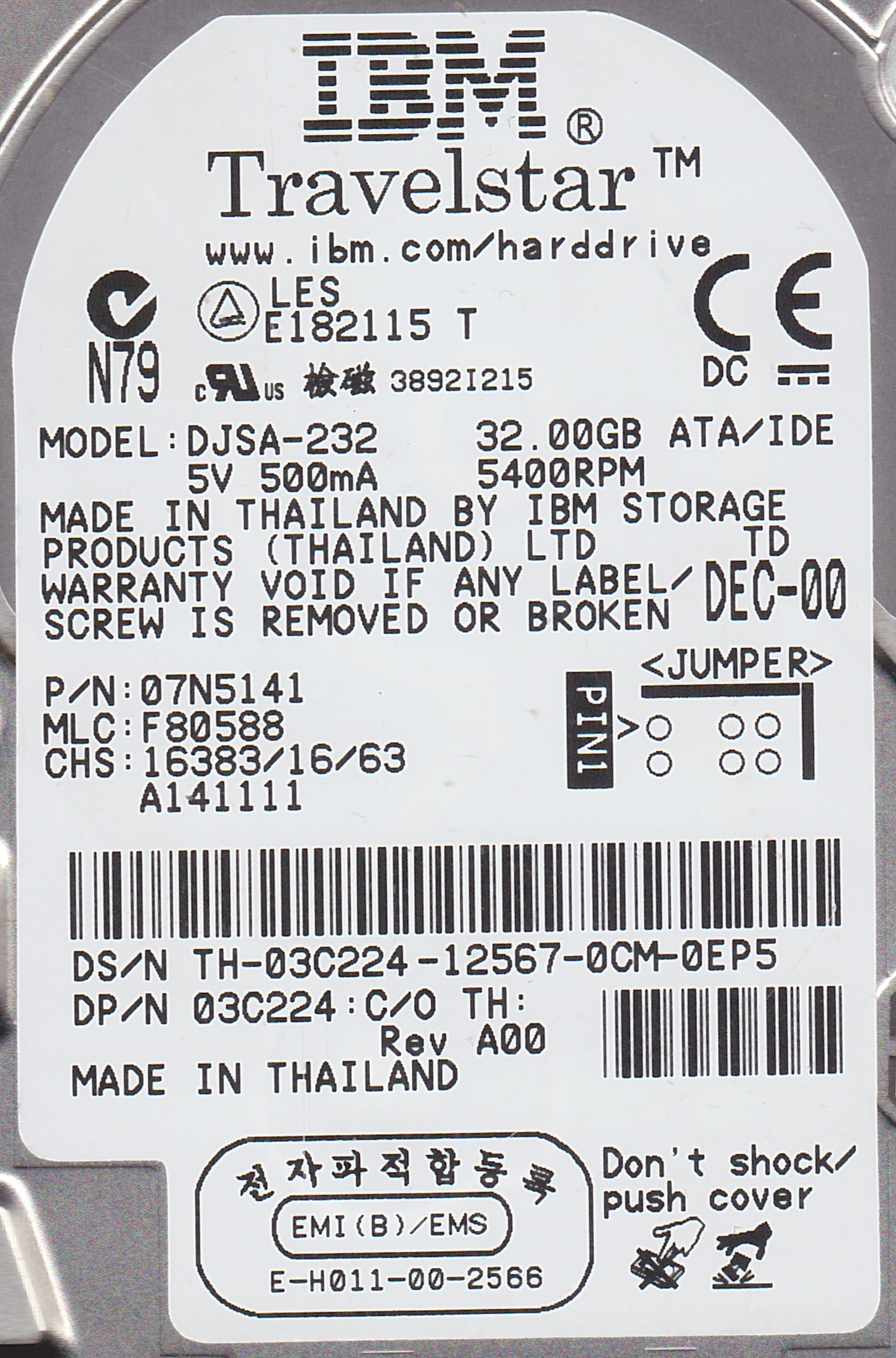
Being well into IBM’s glory years when concerning their label designs, this unit delivers the usual excellent information motherload.
This unit was produced in December 2000, in IBM’s drive factory in Thailand.


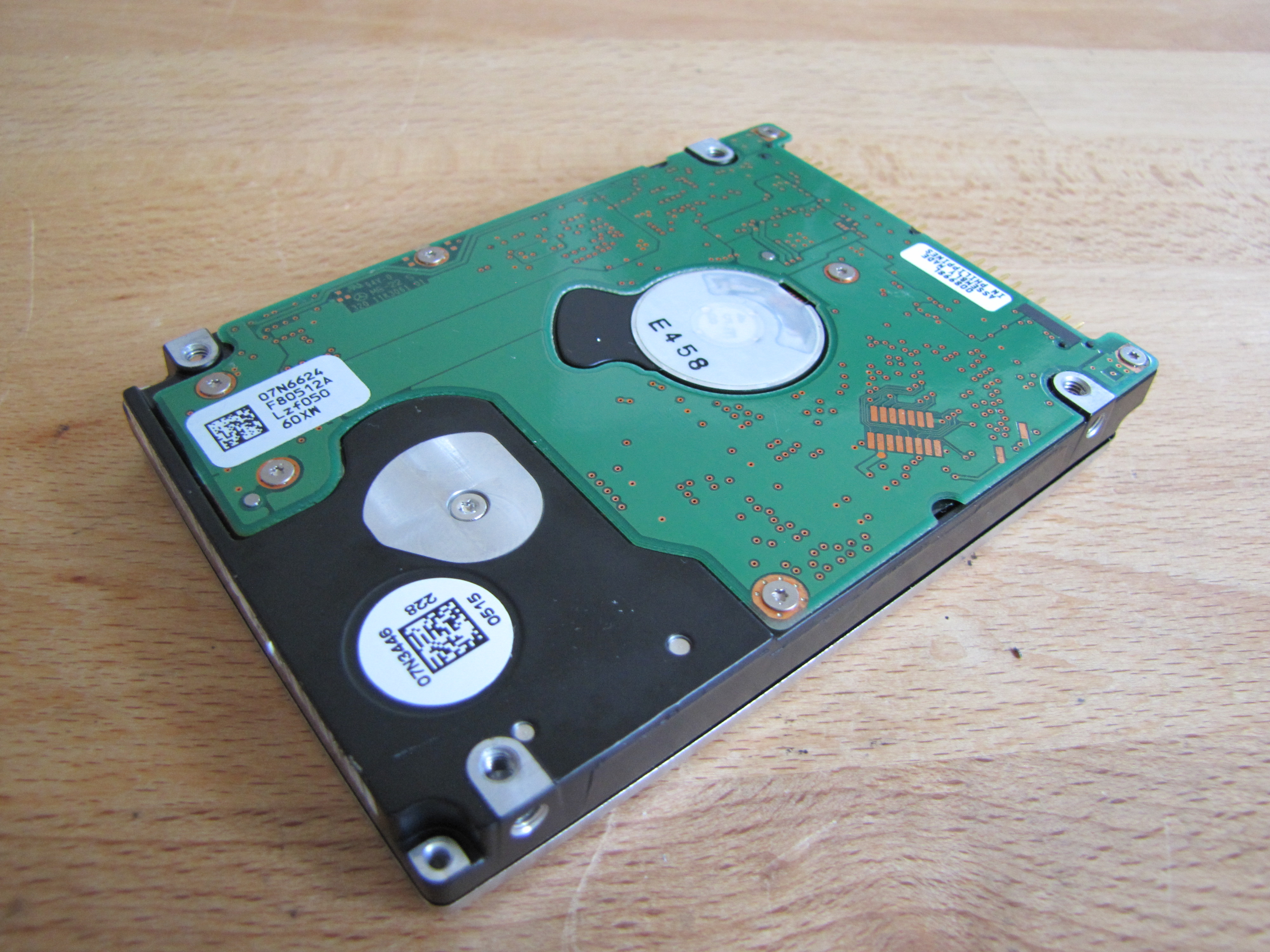
This drive really is packed. With the platter count totalled above, it really is impressive how thin IBM managed to make these models.
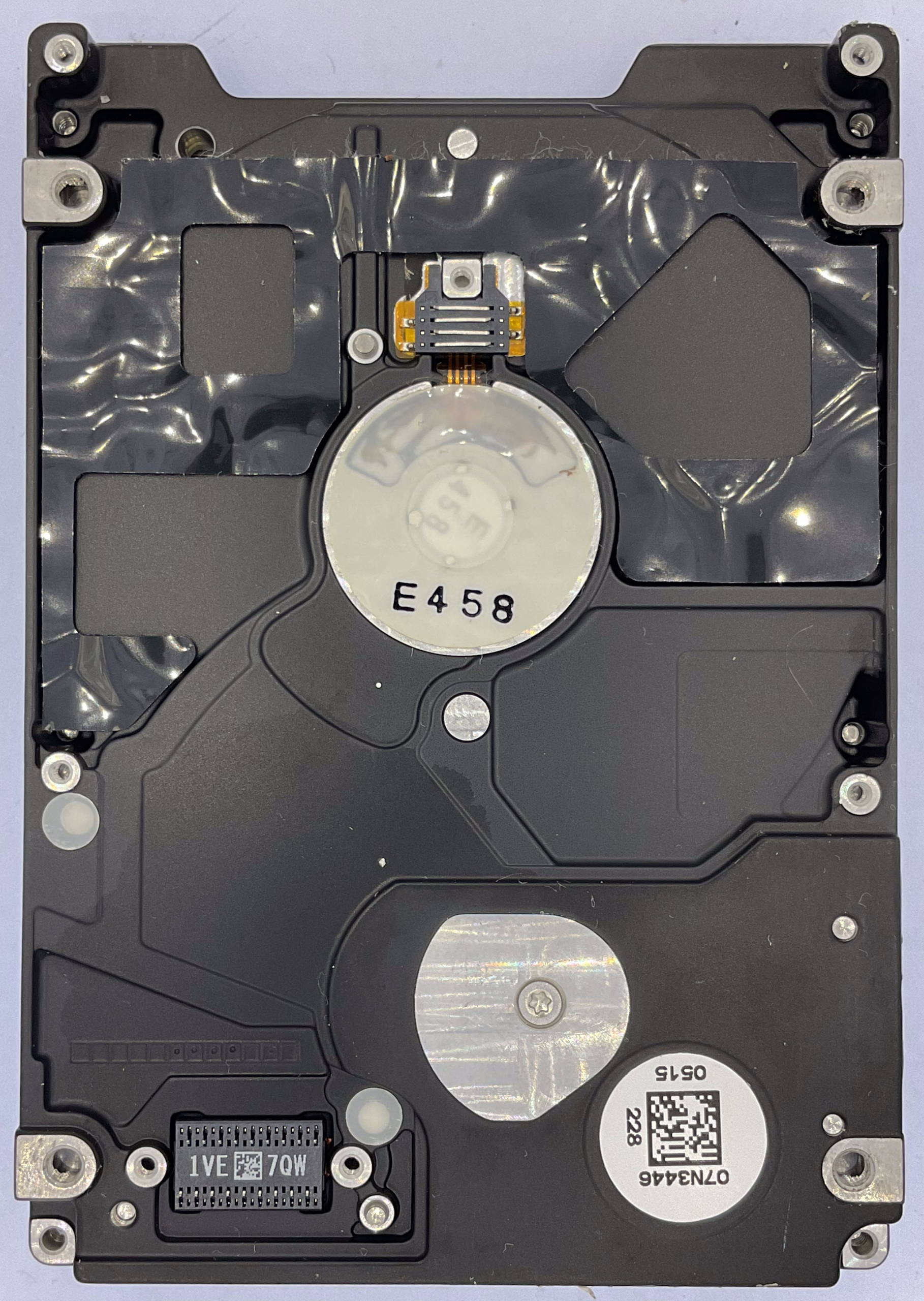
The base has little going on, the usual elements stand out.
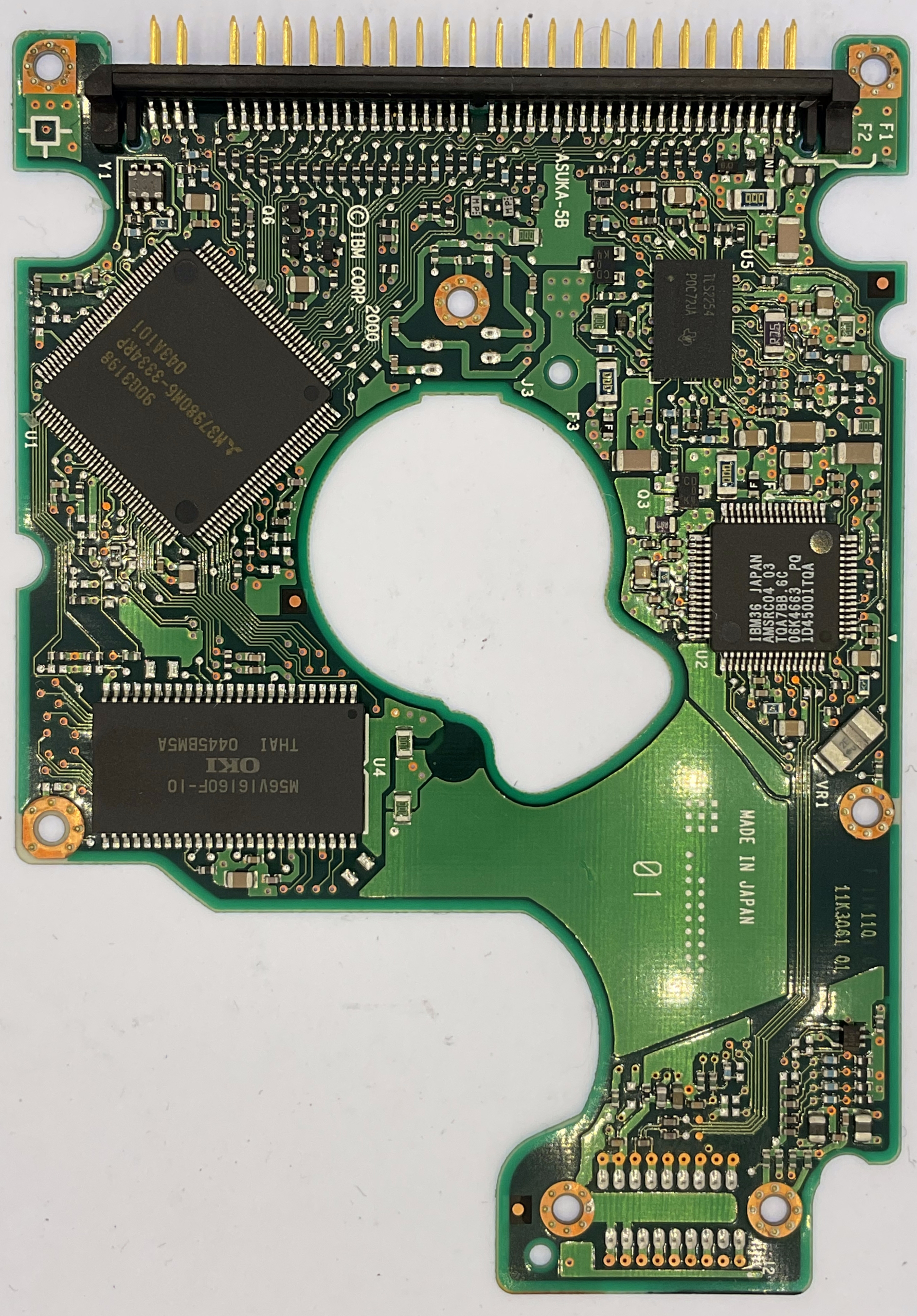
There are few IC’s on the back of this board, including 2MB of buffer memory from OKI, a standard Mitsubishi microcontroller (as seen on IBM’s 3.5″ desktop drives, albeit somewhat different models) & a spindle motor controller from Texas Instruments.
It’s unknown what Asuka-5B refers to, given the often obfuscated nature of IBM’s native codenames.
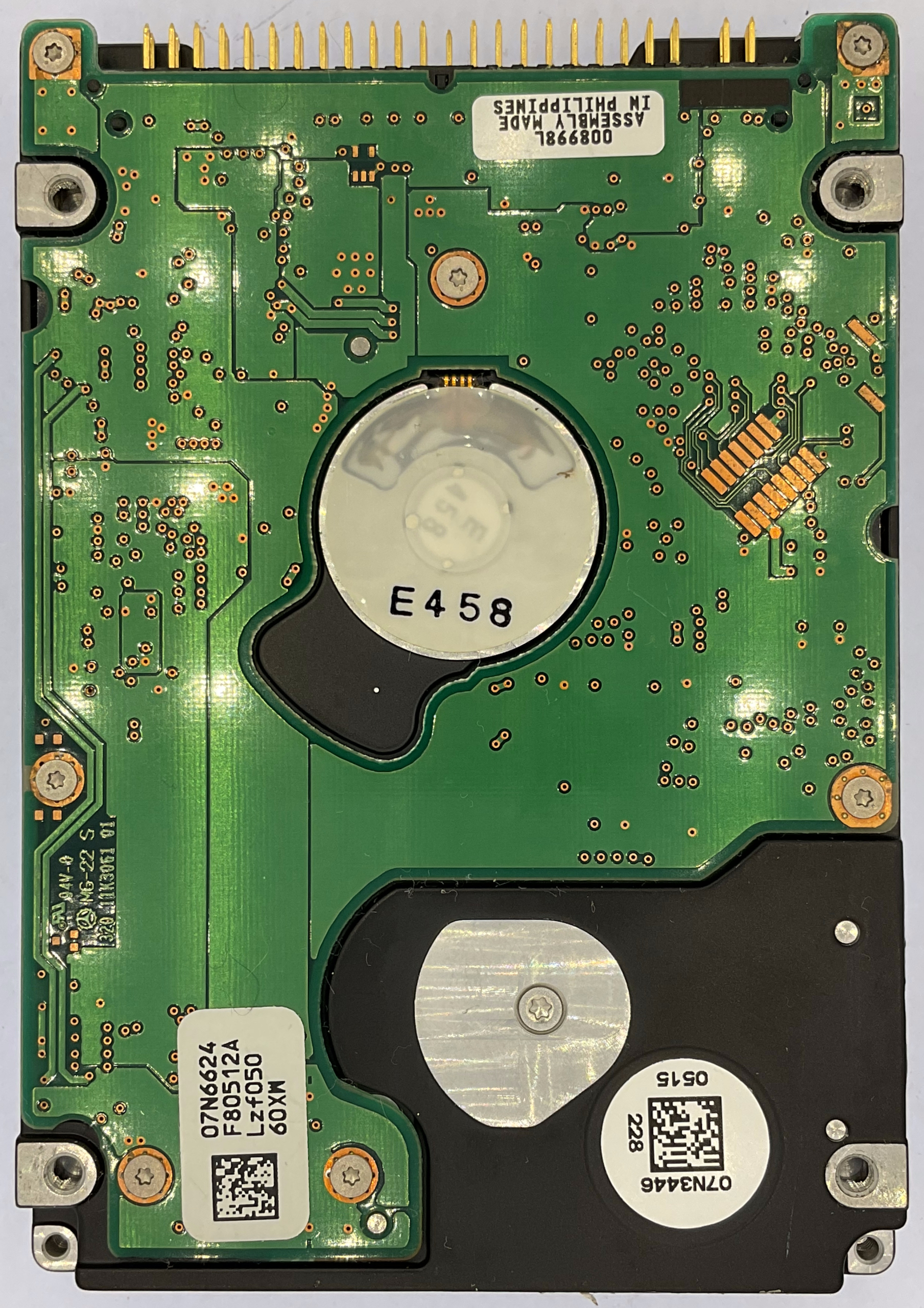
There’s nothing of note on the rear, aside from the indication that the assembly was produced in the Philippines, with the PCB itself being made in Japan.
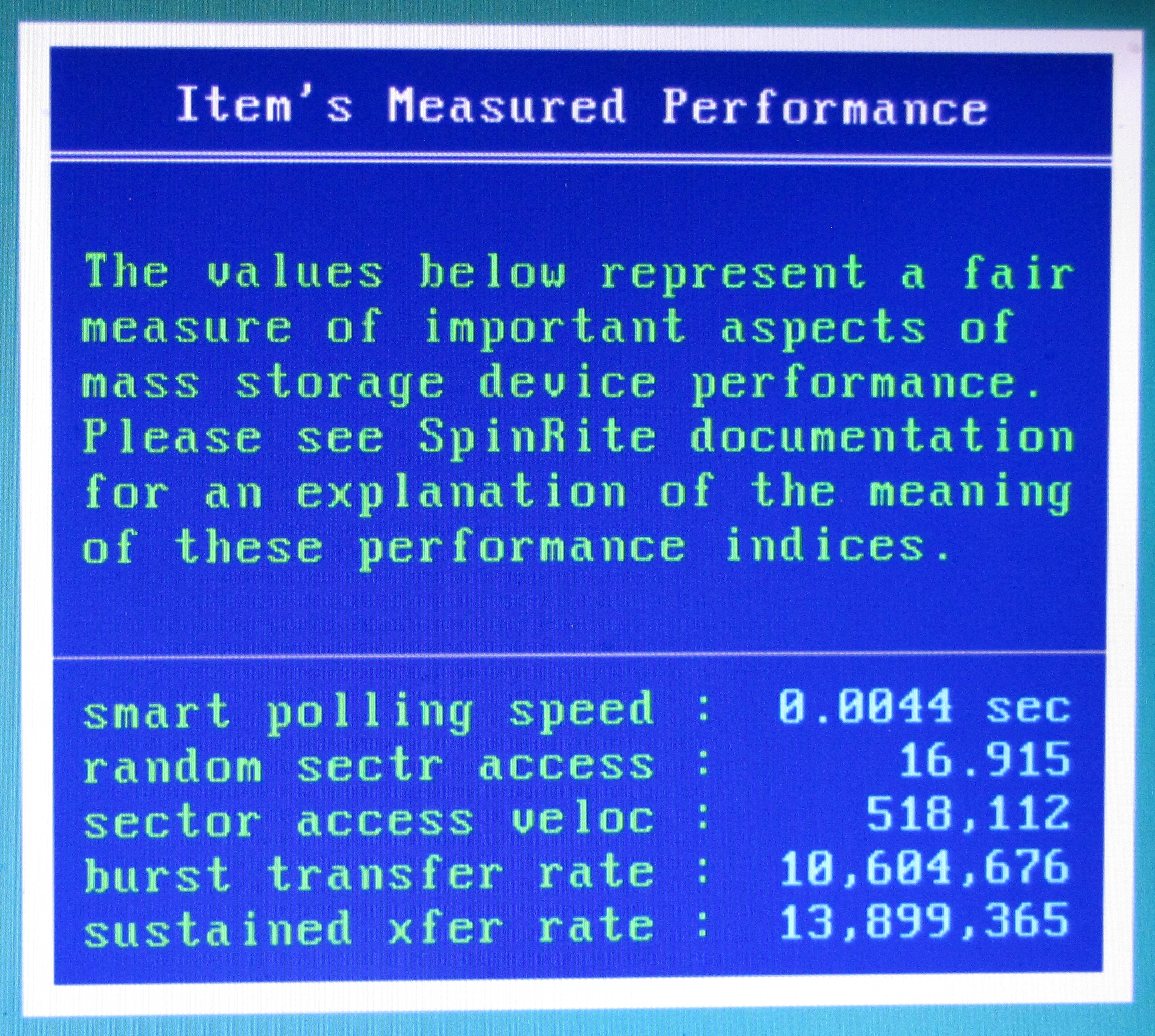
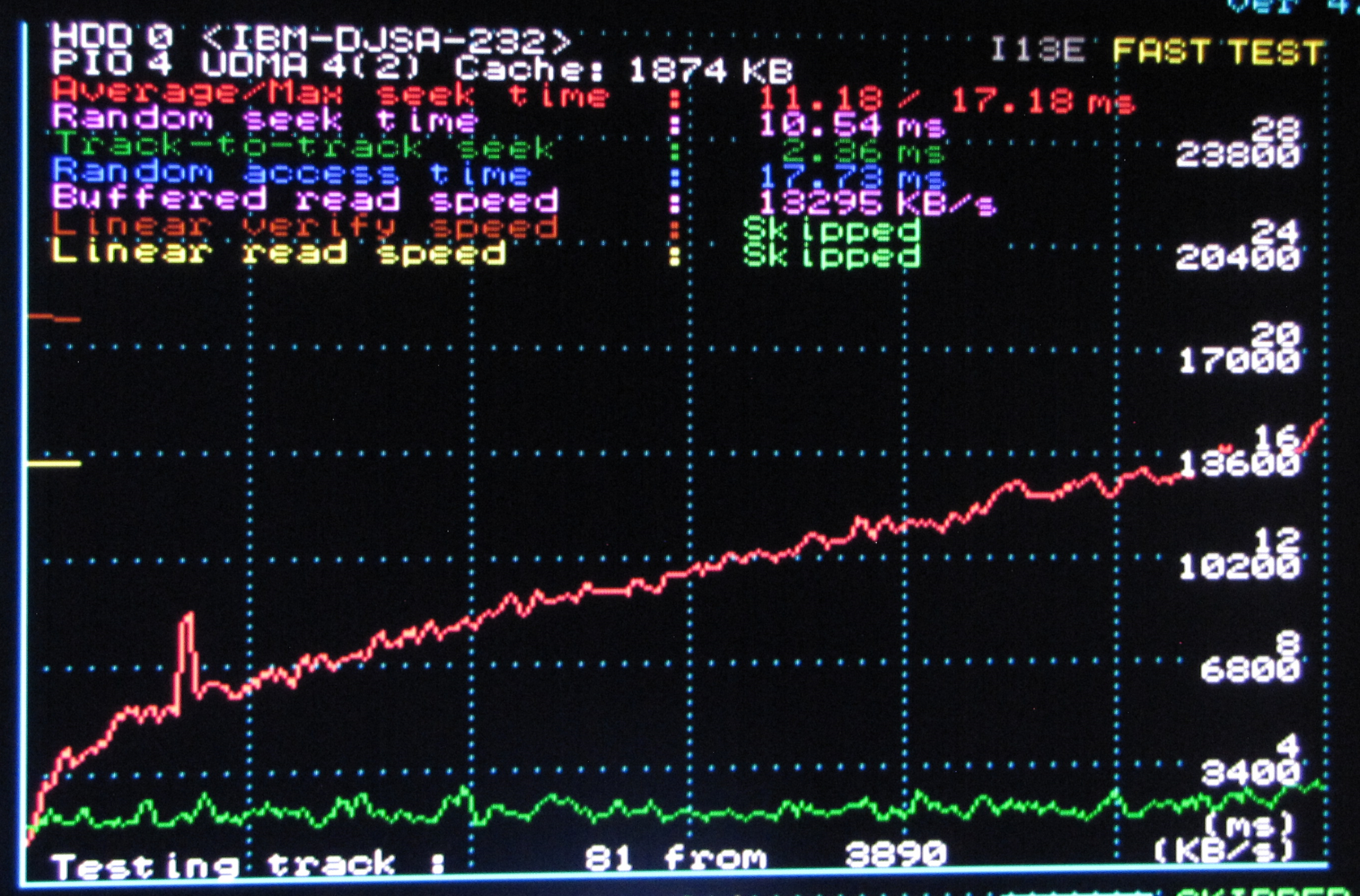
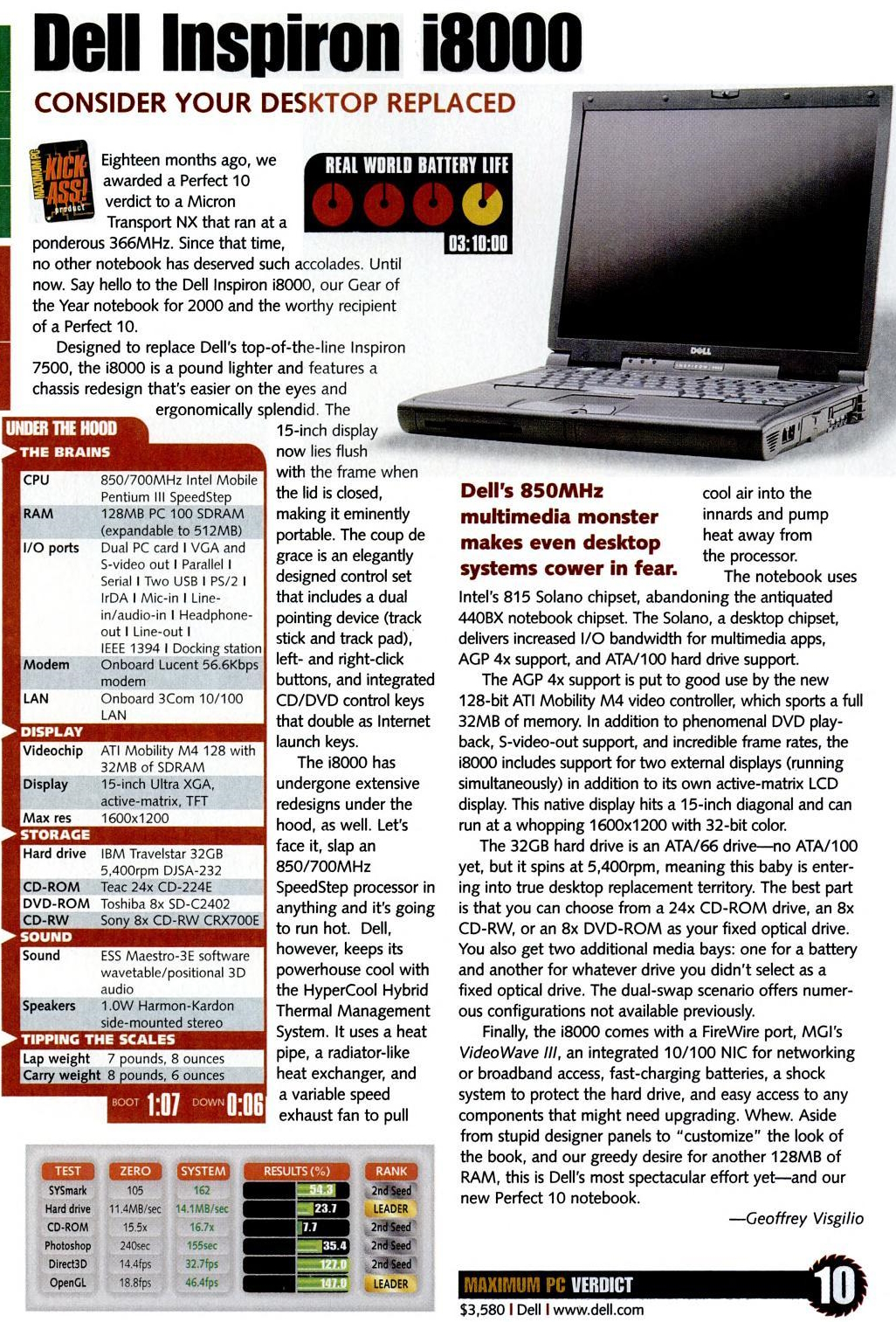
Even now, almost 25 years later, the DJSA-232 is an incredible feat of technology. IBM pushed the barrier as hard as possible, it’s just a shame they departed so soon after.
If you missed the video I made on this drive, you can find it here:
References:
[1] Maximum PC (2000) Dec 2000, 112 pages, Vol. 5, No. 12, ISSN 1522-4279, Published by Future US, Inc., Acquired from: https://books.google.nl/books?id=PgIAAAAAMBAJ